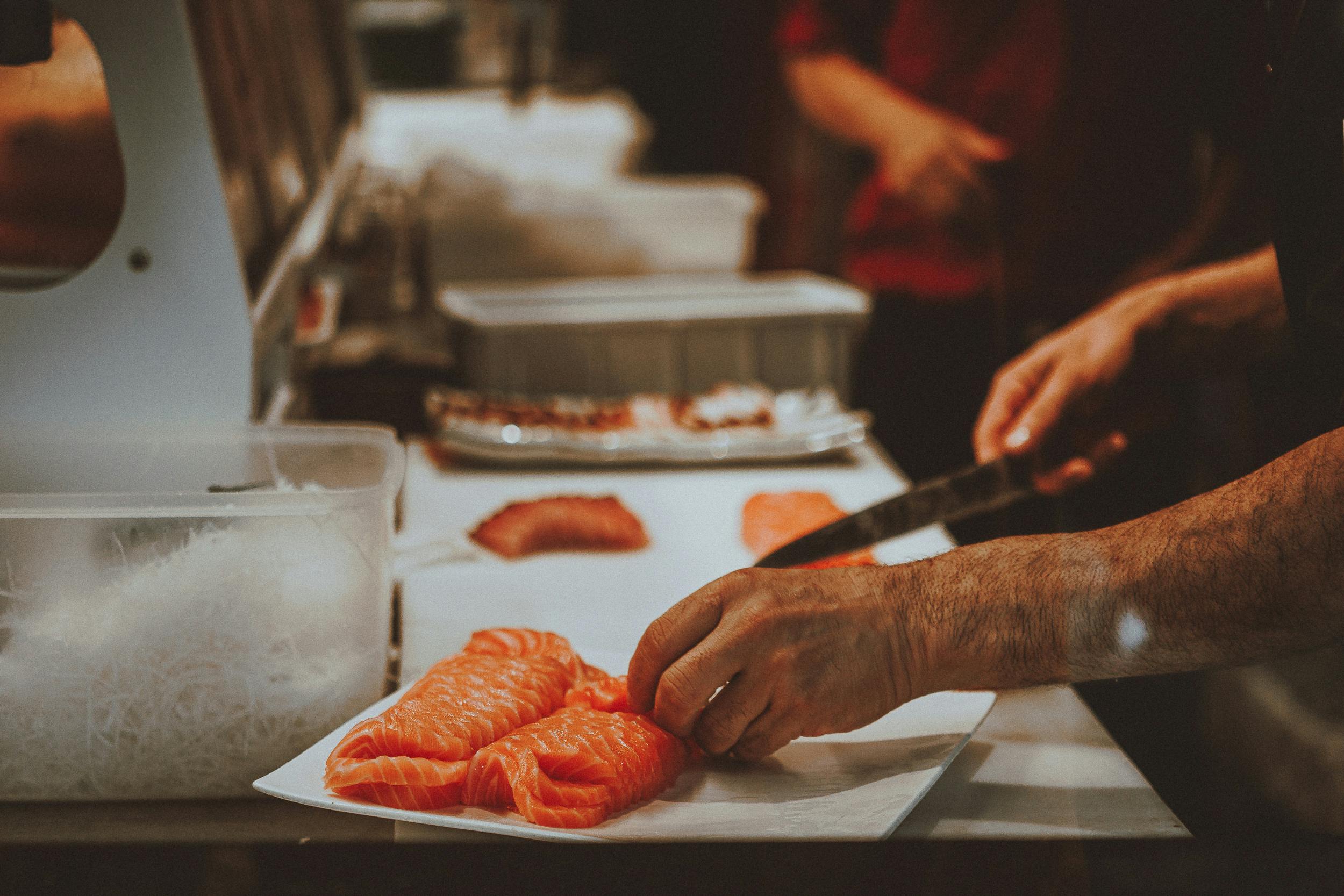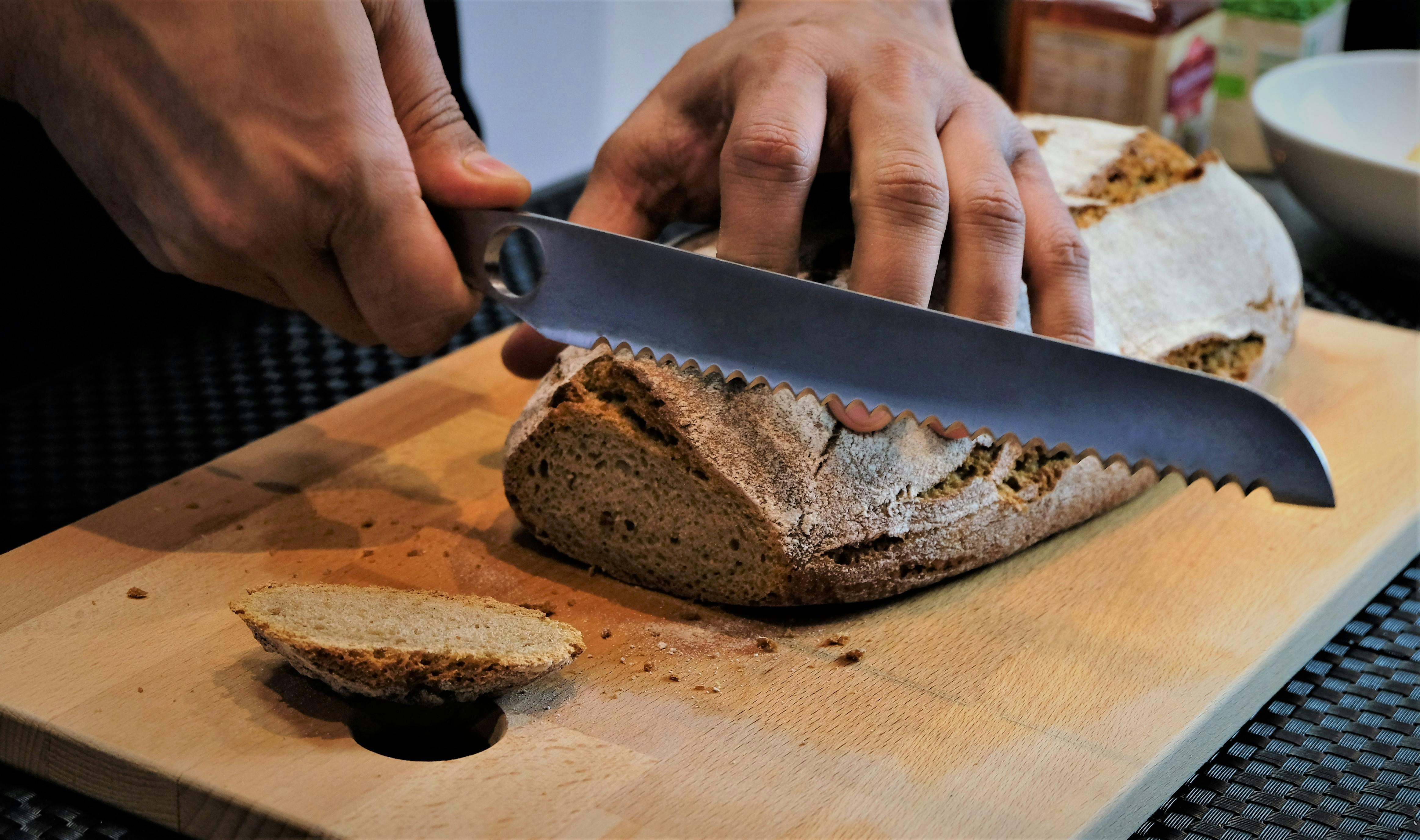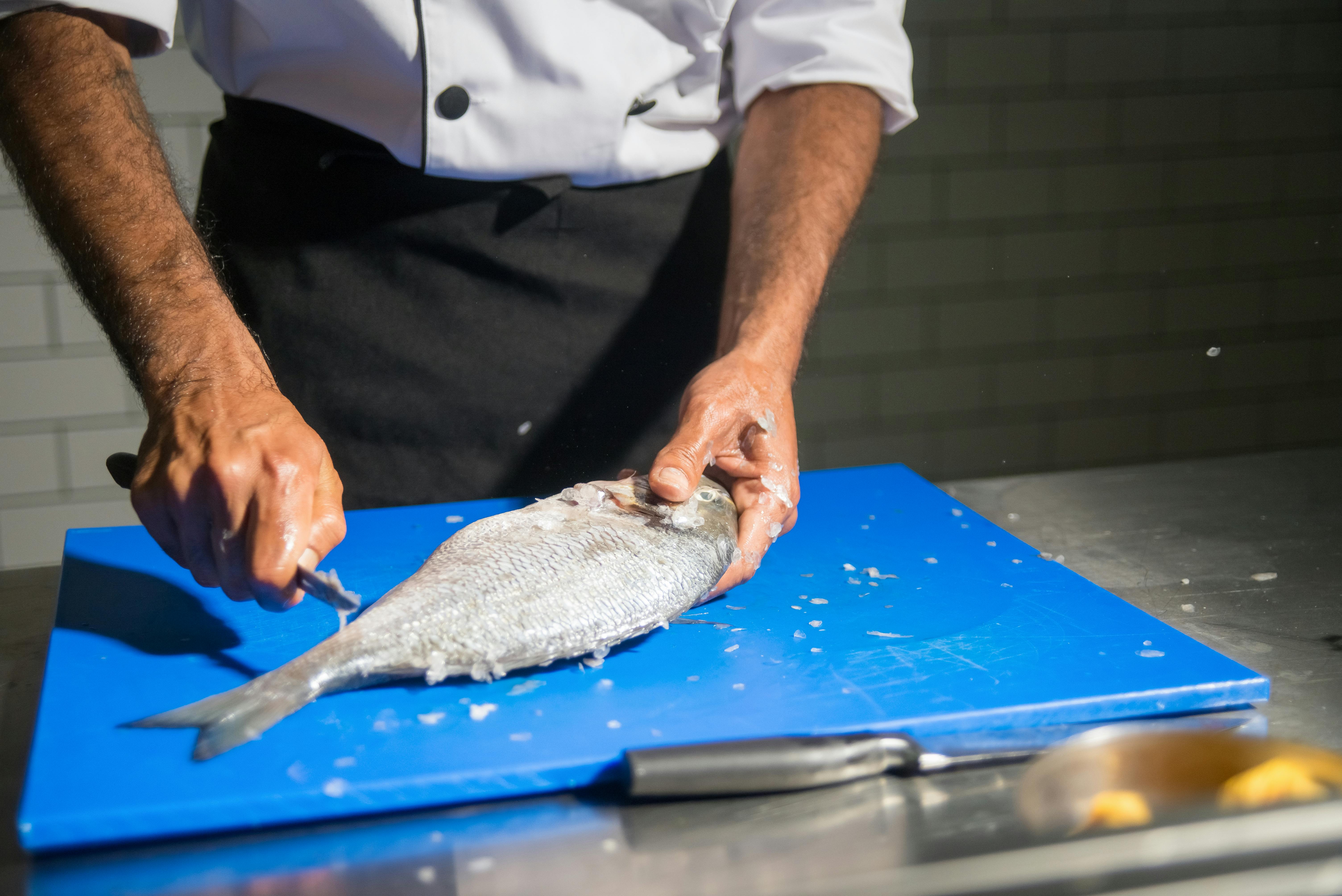2025-03-21
A good set of knives is the foundation of any kitchen. Whether you're an amateur cook or a seasoned chef, having the right tools can make food preparation easier, safer, and more enjoyable. Instead of cluttering your kitchen with unnecessary blades, focus on these five essential knives that will handle almost any task you encounter in the kitchen.
The chef’s knife is the most versatile tool in your kitchen. Typically ranging from 6 to 10 inches in length, this knife can handle chopping, slicing, dicing, and mincing with ease. It’s the knife you’ll reach for most often, making it an essential investment.
A well-balanced chef’s knife with a comfortable grip reduces hand fatigue and improves control, allowing for more precise cuts. High-carbon stainless steel is an excellent material choice as it maintains a sharp edge for a long time while resisting rust and stains. A slightly curved blade also facilitates a rocking motion, making it easier to chop herbs, onions, and garlic. Whether you're cutting vegetables, slicing meat, or even smashing garlic cloves, the chef’s knife is indispensable.
For tasks that require precision, such as peeling fruit, trimming vegetables, or deveining shrimp, a paring knife is indispensable. This small knife, usually between 3 and 4 inches long, allows for greater control and maneuverability. It excels at delicate kitchen tasks that a larger knife would be too cumbersome for.

A sharp paring knife ensures clean cuts and makes intricate work effortless. Look for one with a comfortable grip and a sharp, pointed tip for easy maneuvering around produce. Some variations of paring knives include the straight-edged, bird’s beak, and serrated paring knives, each suited for different applications. A well-made paring knife is crucial for small but significant kitchen tasks, making it a must-have.
A serrated bread knife is essential not only for slicing through loaves of bread without crushing them but also for cutting tomatoes, citrus fruits, and cakes. The saw-like edges grip and slice through foods with tough exteriors and soft interiors effortlessly. Unlike a standard straight-edge knife, a serrated blade allows for clean cuts without applying too much pressure.

An 8 to 10-inch serrated bread knife provides the perfect balance between control and efficiency. It’s particularly useful when dealing with crusty bread, where a straight-edged knife would struggle. Additionally, this knife comes in handy for carving delicate cakes, preventing them from crumbling. If you enjoy baking or frequently prepare sandwiches, a good serrated bread knife will prove invaluable.
If you frequently prepare meat, poultry, or fish, a boning knife is a must. This knife has a narrow, flexible blade that allows you to separate meat from bones with precision. It’s especially useful for tasks like filleting fish, trimming fat, and removing skin from poultry.

Boning knives come in different levels of flexibility—stiff, semi-flexible, and fully flexible. A stiff boning knife is ideal for tougher meats like beef, whereas a more flexible blade is better suited for delicate tasks such as filleting fish. Choosing the right boning knife depends on the type of meat you prepare most often. A properly maintained boning knife makes butchering at home much easier and can save you money by allowing you to buy whole cuts and portion them yourself.
A utility knife is a hybrid between a chef’s knife and a paring knife, making it perfect for mid-sized tasks. With a blade length of about 5 to 7 inches, this knife is ideal for slicing sandwiches, cutting vegetables, or trimming meat when a chef’s knife feels too large and a paring knife too small.
This knife is particularly useful when working with smaller ingredients like shallots, herbs, or cheese. If you don’t want to reach for a chef’s knife every time you need to make a quick cut, the utility knife is an excellent alternative. Whether serrated or straight-edged, a sharp utility knife is an essential part of any well-rounded kitchen knife collection.
No matter how high-quality your knives are, they won’t perform well if they’re dull. A dull knife requires more force to cut through ingredients, increasing the risk of slipping and causing injury. Regular honing and occasional sharpening will ensure your knives stay razor-sharp and safe to use.
A honing rod should be used frequently to maintain the knife’s edge between sharpening sessions. For sharpening, you can use a whetstone, an electric sharpener, or seek professional sharpening services. Investing in a good knife sharpener or using a professional sharpening service will keep your blades in top condition and ensure you get the best performance out of your knives.
Having the right knives in your kitchen will significantly improve your cooking experience. By investing in these five essential knives, you’ll be well-equipped to tackle any recipe with confidence. Quality over quantity is key—choose knives that feel comfortable in your hand and are made of durable materials to ensure they last for years to come.
Instead of cluttering your kitchen with unnecessary blades, focus on these five must-have knives, and you’ll have everything you need to cook efficiently and safely.
Still curious? Check out our Ultimate Guide to Knife Sharpening.
P.s. If you’re in Singapore and need professional sharpening, feel free to visit our knife sharpening service! We offer precision sharpening for all types of knives, ensuring your blades stay razor-sharp.
We are currently only operating in Singapore. Our next pick up will be on Saturday, Apr 26, 2025.